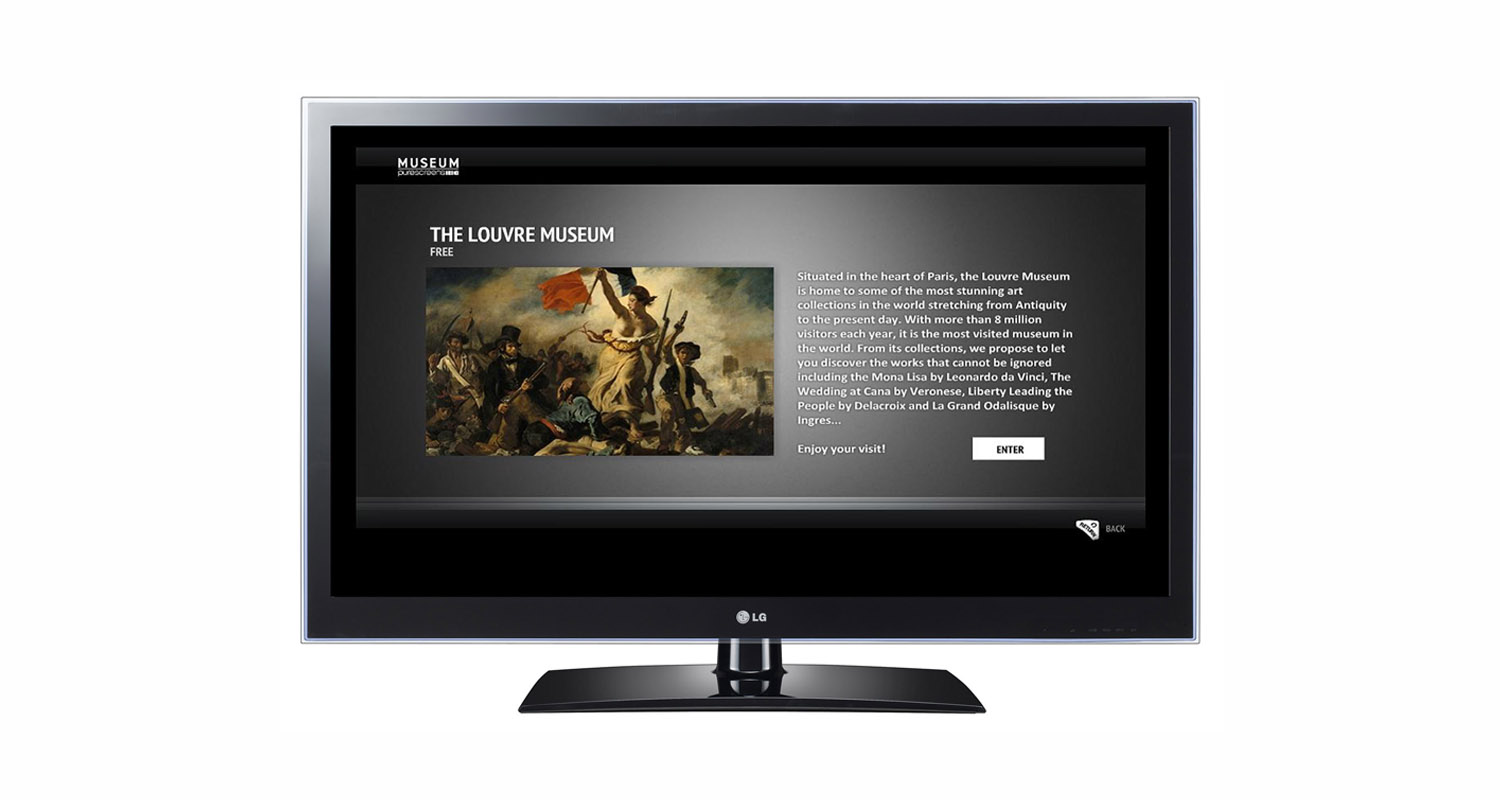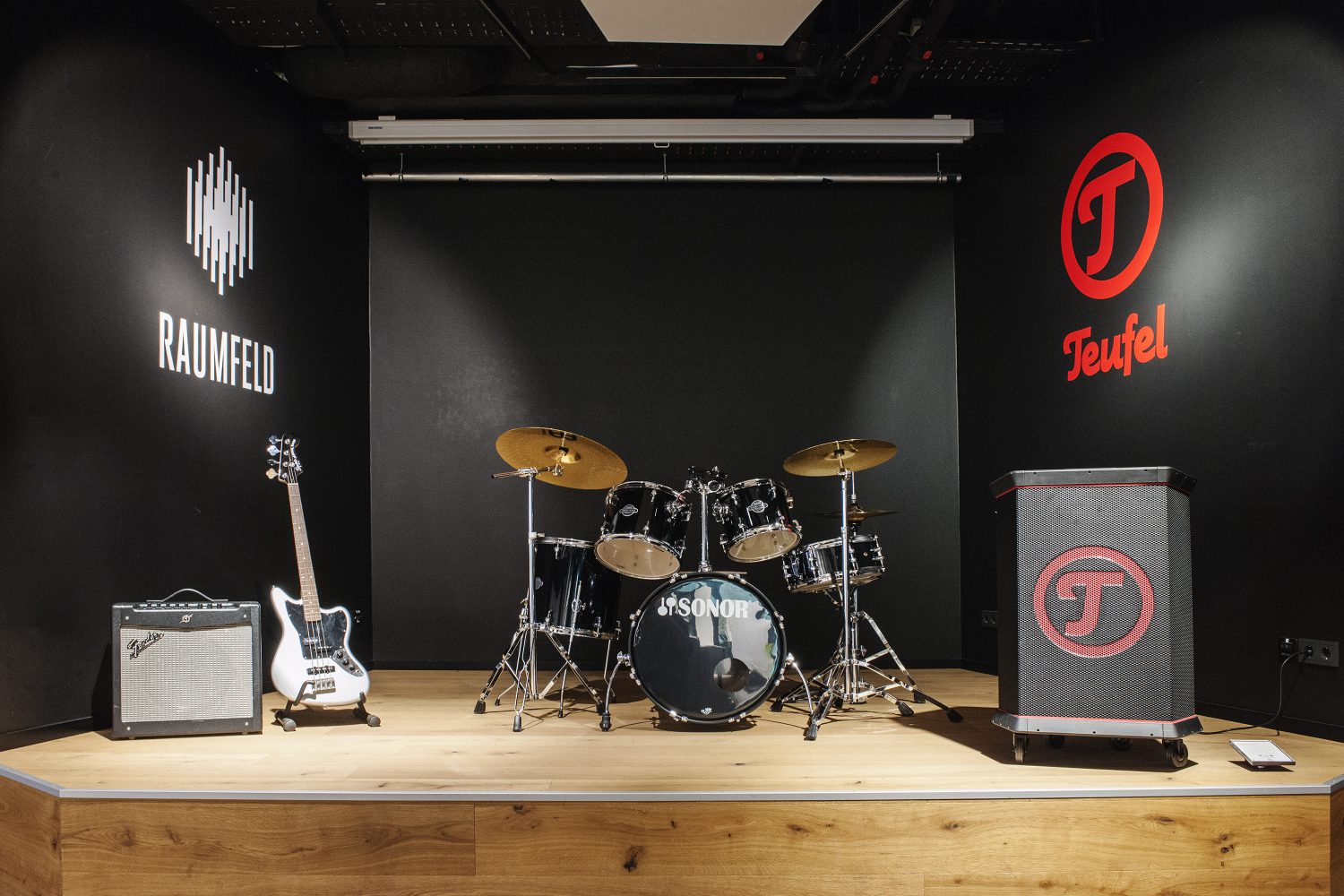Televisions, once known as “boob tubes“ and “idiot boxes” have suddenly become smart. When applied to devices like televisions, the term “smart” indicates that the device has internet access as well as some processing power to help the user navigate online content. In essence, smart TVs have more in common with contemporary computers that the idiot boxes they are swiftly replacing.
Beneath their flat LCD displays, smart TVs include processors, hard drives, WiFi and other wireless transmission technologies. In addition, smart TVs are equipped with an operating system, just like a computer or smartphone. This expands their possible use scenarios and increases their ability to connect with other devices, including audio players.
More options, better picture quality
Internet connected televisions receive television programs via cable and satellite just like traditional televisions. In addition, they are able to access a wide range of online offerings, from providers of movies and series such as Netflix and Maxdome or video sharing websites like YouTube and even social media like Facebook and Twitter. The internet connection is usually established wirelessly via WiFi or directly by connecting the smart TV to a router via Ethernet cable. Some smart TVs also use the internet protocol IPTV via a set top box.
As smart TV manufacturers improve their operating systems and as the range of apps available for smart TVs increases, the systems have become increasingly user friendly. As opposed to the desktop computer and smartphone market, however, there is a large variety of operating systems used with smart TVs. Along with Android TV found on Sony and Philips televisions among others, there is WebOS from LG and Tizen from Samsung. Those who would like to use certain apps should therefore make sure that they are supported by the operating system of the smart TV they plan to buy.
When it comes to design, all smart TV manufacturers do their best to incorporate extensive features and a high resolution displays into the flattest screens possible. The picture quality offered by most manufacturers is extremely impressive. Many smart TVs even support Ultra HD content. In addition, a flat design makes it easy to place the television just about anywhere including on a wall. The flatness of the screen is especially helpful with extra-wide screens up to 50 inches across and greatly minimizes the system’s overall bulk.
Sound quality: On the meh side of good
While the present state of technology makes it possible to create highly realistic displays in incredibly flat enclosures, the same cannot be said for sound. It’s not unusual for state-of-the-art smart TVs to offer amazing picture quality that can seem brighter and clearer than life itself along with access to a range of online content and then produce sound as flat as the screen: Indistinct and lacking in dynamics with barely-there muddy bass.
In order to bridge the gap between sound and picture quality with smart TVs, most people turn to auxiliary audio systems. Anything from a full 5.1 surround system with A/V receiver to a multimedia PC speaker set can be used to up a smart TV’s sound ante. Many people look for sound solutions that complement the sleek design of their televisions. Soundbars like Teufel’s Cinebar 52 THX can be wall mounted directly above or below a smart TV for a complementary look. The included subwoofer is easy to place for a rich sonic foundation with all source material. Soundbases and sounddecks are a relatively new inventions that are similar to soundbars except that they have more depth. This means that soundbases and soundbases generally cannot be wall mounted, but their added depth and flat shape make them perfect pedestals for televisions. It’s also possible to integrate downward facing woofers into soundbases and sounddecks so that no external subwoofer is required to enjoy a full and realistic sound.
Connection options and network integration
Since smart TVs connect to your home network via Wi-Fi or Ethernet cable, they can be easily integrated with other devices in your network. This makes it fairly easily to stream content from your smartphone or tablet directly to the television screen. Remote Apps even make it possible to use your smartphone or tablet as a remote control. In addition to Wi-Fi, most smart TVs are equipped with Near Field Communication (NFC) and Bluetooth. The speed and reliability of Bluetooth makes it especially well-suited for use with wireless keyboards and gaming remotes. For audio transmission, the Bluetooth AptX codec delivers a high level of sound quality comparable to many wired solutions.
Because of its higher rates of data transfer, Wi-Fi streaming supports even better sound quality than Bluetooth. This makes Wi-Fi the preferred streaming technology for serious music lovers. Depending on your smart TVs’ operating system, you can even access music streaming services. For full support of online music options, network audio players like the Raumfeld ConnectorOpens in new tab are a good option. They can transform smart TV audio systems into smart audio systems capable of playing back an almost endless range of music from streaming services, internet radio and music libraries available on home networks. A combination of the Connector and a soundbase like the CinebaseOpens in new tab present a fully smart audio system – perfect for use with smart TVs.
Coda: Home entertainment is now online
That last bastion of offline entertainment, the home cinema, with its DVDs and cable TV choices, has finally entered the internet age. Smart TVs and corresponding smart audio systems make it possible to access a nearly infinite range of content. Whereas television viewing was once at the mercy of whatever the networks saw fit to broadcast and movies were limited to what was available at the local movie rental store, network access offers a whole world of content. The problem is now: How to make sense of this nearly limitless variety of movies, shows, games and music?
This rather luxurious problem will ultimately be solved by clever hardware features and apps that facilitate choices based on past viewing and listening behavior as well as options to share favorite content and create playlists. The choices presented by “House of Cards” on Netflicks, old episodes of MadTV on YouTube and browsing through a friend’s photo album on Flickr can be difficult, but most of us are only too happy to be spoiled for choice. Thanks to new media. smart hardware devices and clever apps, our choices are getting bigger and easier to navigate. Add a smart audio system to the mix and the world has well and truly arrived in the contemporary living room.
Title Picture: By LG전자 (세계 명화가 LG 스마트 TV 속으로) [CC BY 2.0 (http://creativecommons.org/licenses/by/2.0)], via Wikimedia Commons




